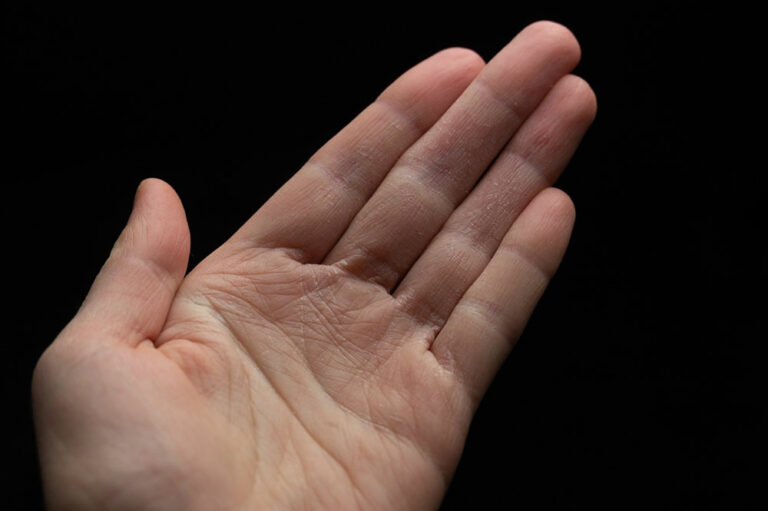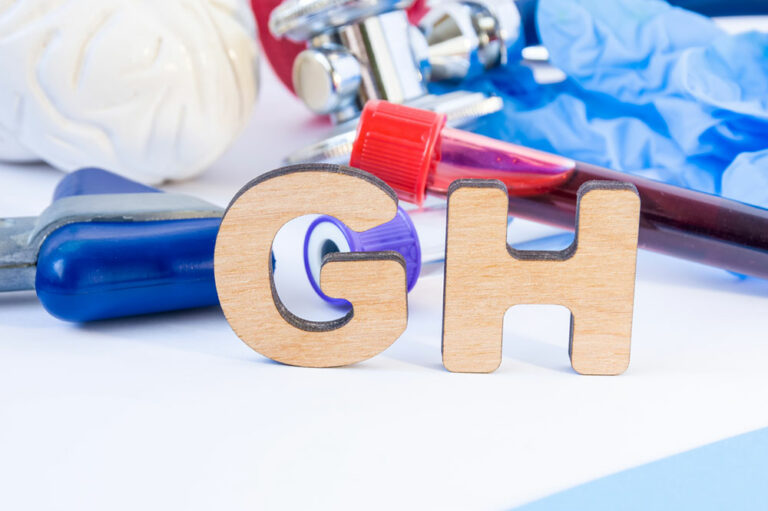
Huntington’s disease – Food management strategies
Huntington’s disease (HD) is a rare, inherited neurodegenerative disease. This brain disorder is a result of an inherited mutation in a gene for the protein called huntingtin. It is known to significantly impact one’s functional abilities, leading to the development of movement, cognitive, and psychiatric disorders. Those with Huntington’s have a higher risk of choking and developing eating and swallowing troubles. To ease this, the following tips may be helpful: Food management strategies for Huntington’s disease Rest one to two hours before mealtime. Create a calm and relaxed eating environment. Sit in an accessible spot on the table, just in case choking occurs and a carer needs to be involved. Sit in an upright position while eating. Avoid lying down. Instead of eating three spaced apart meals, eat smaller, more frequent meals. Choose foods that are easier to chew and swallow. Keep eating aids within reach. Use non-slip table mats and light utensils such as plastic knives and forks. Incorporate sauces and gravies to make foods easier to swallow. Avoid hard foods such as nuts and lollipops. Avoid food that separates into strings or sections during chewing, such as tomatoes and bacon. Opt for foods that have a higher nutritional value.
Read More 










